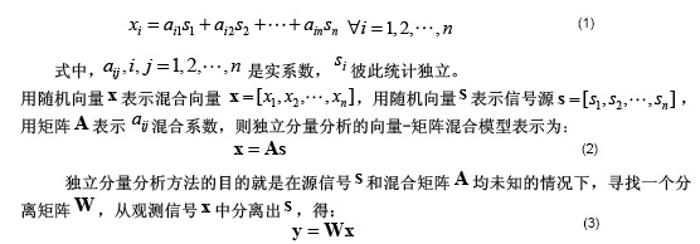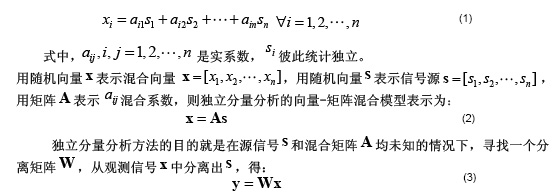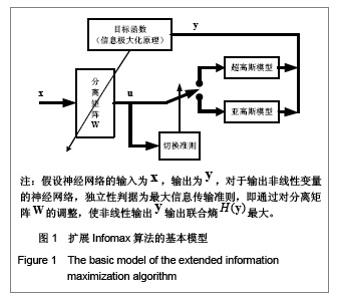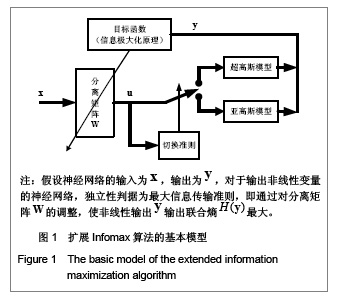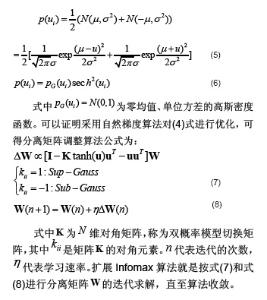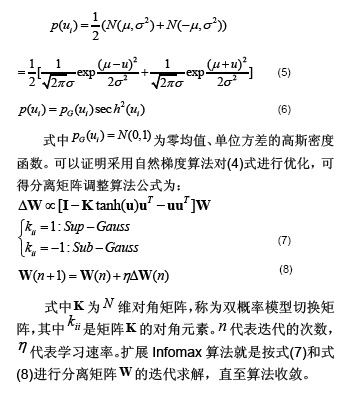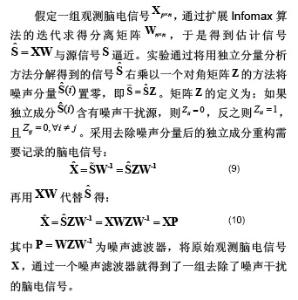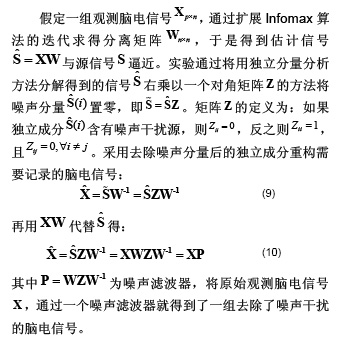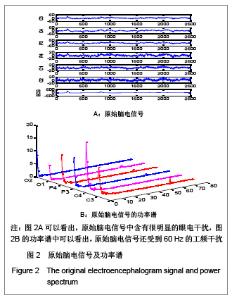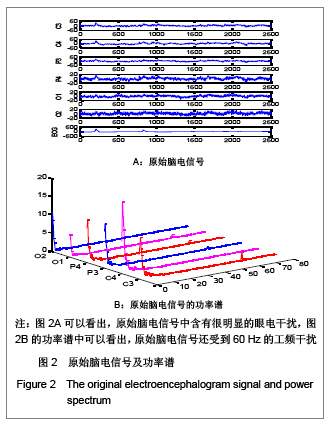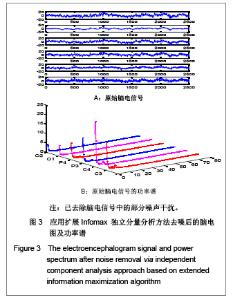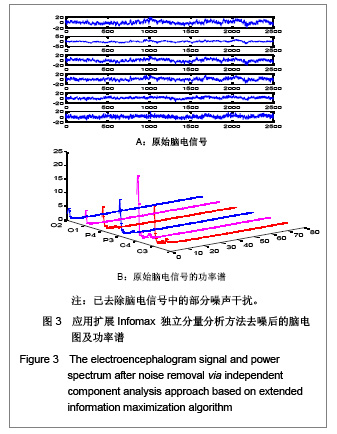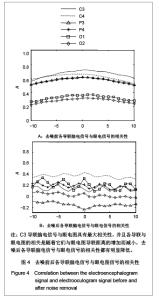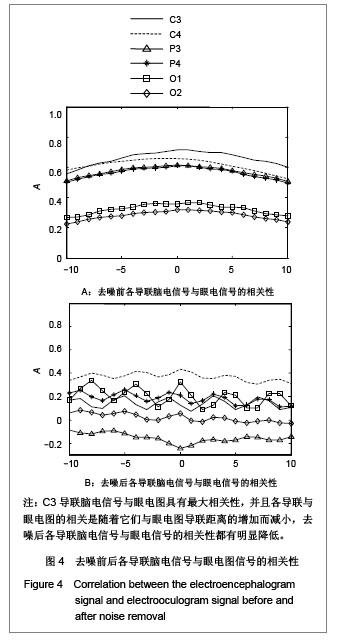| [1] Yao DZ. Beijing: Beijing Science Press.2003. 尧德中.脑功能探测的电学理论与方法[M].北京:科学出版社, 2003.[2] Yang FS. Beijing: Tsinghua University Press published. 2006. 杨福生.独立分量分析的原理及应用[M].北京:清华大学出版社,2006.[3] Zhang DX, Guo XJ, Wu XP, et al. Jisuanji Gongcheng yu Yingyong. 2002;38(8):236-238. 张道信,郭晓静,吴小培,等.基于Infomax算法的脑电信号中心电伪迹的消除[J].计算机工程与应用,2002,38(8):236-238.[4] Ma SK, He XS, Xu GT. ZHonghua Qiangjing Miniao Waike Zazhi(Dianziban). 2011;5(5):41-43. 马守科,何选森,许广庭基于扩展Infomax算法的变步长在线盲分离[J].中华腔镜泌尿外科杂志(电子版),2011,5(5):41-43. [5] Zhou ZY, Chen H. Xinhao Chuli. 2010;11(26):1632-1633. 周治宇,陈豪.基于分块自适应的在线Infomax算法及其扩展算法[J].信号处理, 2010,11(26):1632-1633.[6] Zouridakis G, Iyer D. Comparison between ICA and wavelet-based denoising of single-trial evoked potentials. Conf Proc IEEE Eng Med Biol Soc. 2004;1:87-90.[7] Lee TW, Girolami M, Sejnowski TJ. Independent component analysis using an extended infomax algorithm for mixed subgaussian and supergaussian sources. Neural Comput. 1999;11(2):417-441.[8] Onton J, Makeig S. Information-based modeling of event-related brain dynamics. Prog Brain Res. 2006;159: 99-120.[9] Mouraux A, Iannetti GD. Across-trial averaging of event-related EEG responses and beyond. Magn Reson Imaging. 2008;26(7):1041-1054. [10] Akhtar MT, James CJ. Focal artifact removal from ongoing EEG--a hybrid approach based on spatially-constrained ICA and wavelet de-noising. Conf Proc IEEE Eng Med Biol Soc. 2009;2009:4027-4030. |
